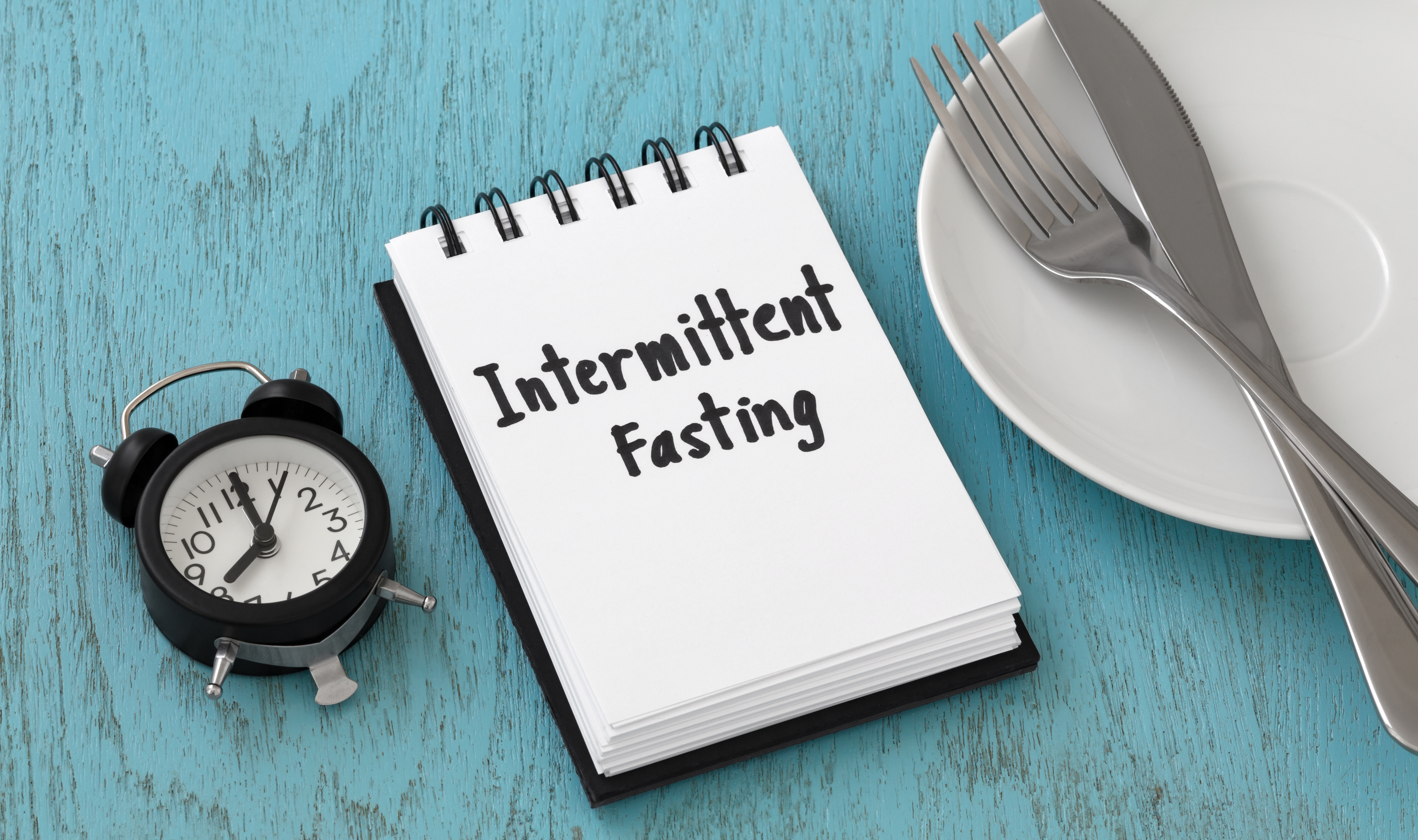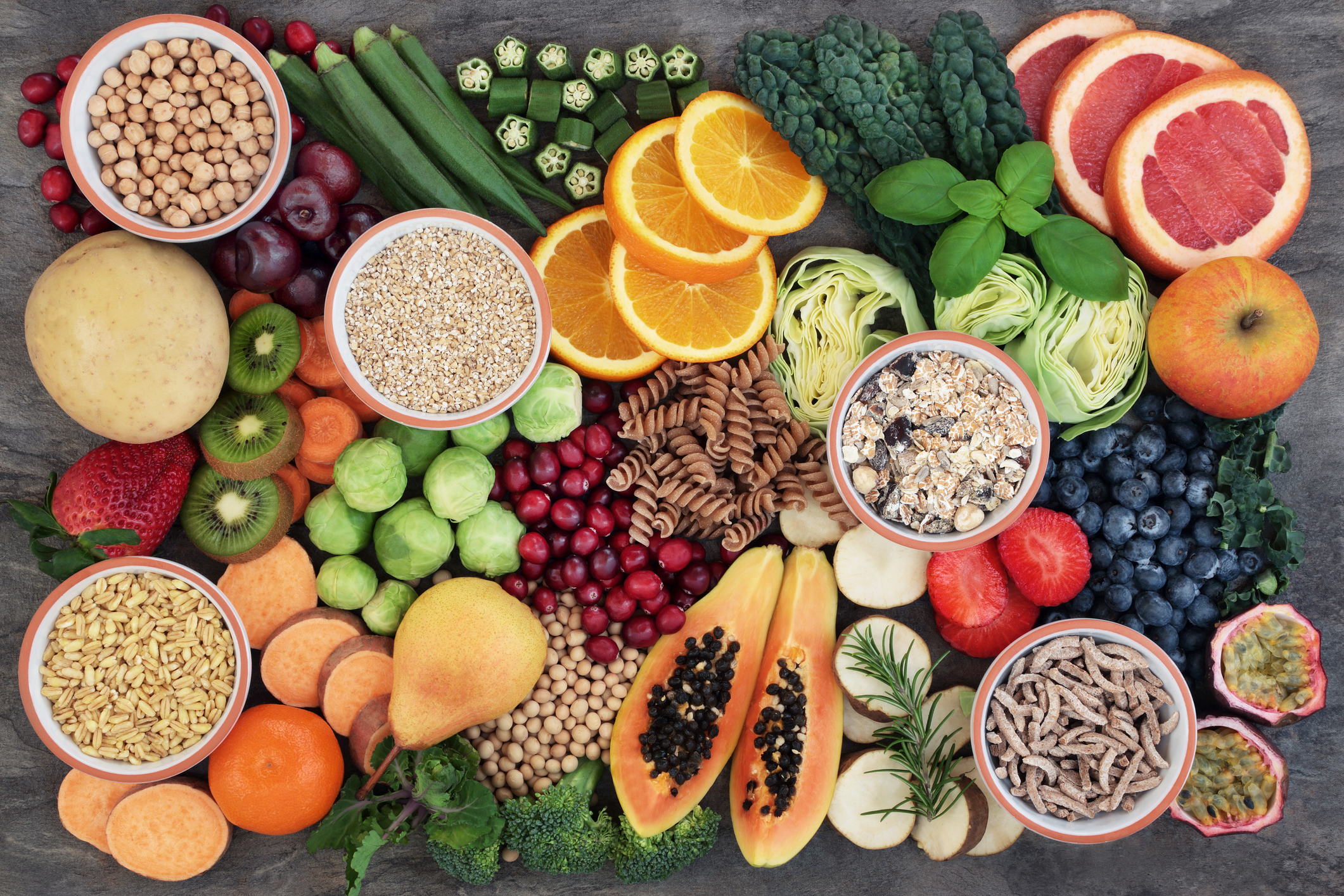The three rules of sustainable health
1) Metabolic health parameters vs weight loss
The thing is that even when diet trends come back with a new name and a new game, the basic premise stays the same – weight loss. Sometimes outright, sometimes garnished with words and concepts like detoxify, rejuvenation, anti-diabetes, anti-cancer, etc. But for any diet trend to thrive, weight loss is the central pillar. Ever heard of a viral diet trend whose only promise is ‘food security for all’ or even a modest one like ‘better digestion and no acidity’? The trillion-dollar food industry needs our focus to stay on losing weight for it to stay profitable.
But what we notice in our daily lives, if we pay attention, is that the things that really matter when it comes to our well-being are usually the ones we can’t measure on a weighing scale or on a scale of any kind. Do we sleep well at night, do we wake up feeling fresh, do our energy levels stay good through the day, do we suffer from acidity, bloating and indigestion, do we get sweet cravings after meals, are we able to stay active and comply with exercise plans and do we have painful PMS and periods, etc.?
In scientific terminology, the above parameters are surrogate measures of metabolic health. They give an indication of how well your hormones are behaving, how your heart health is, how diverse your gut bacteria are, whether your blood sugar is well regulated, and so much more. In other words, they are markers of your susceptibility to NCDs like diabetes, cancer, PCOD, thyroid conditions, heart health, mental health issues, etc. And remember, NCDs account for almost 75% of early deaths worldwide.
And one of the biggest reasons for deteriorating public health, even as diet trends proliferate, is the single-minded focus on losing weight at the cost of metabolic health. The narrative of what accounts for good health therefore has to shift from weight loss to metabolic health.
The sensible route to good health
Health is a primary right, a human rights issue really. Even in a city like New York, Bronx would be poorer on health parameters than, say, Manhattan. Where we live, accessibility to health care, clean air and fresh produce and a multitude of other factors, including education, poverty and gender, affect our health. Newcastle, a charming university city in the UK, had an interesting study that showed that people who lived in an area called Byke performed badly on health parameters than those who lived in Jesmond. Byke is a poor area, Jesmond a posh neighbourhood.
Closer to home, you have Delhi and Punjab ranking among the worst in health in India. A quick glance at their pollution levels tells you why. Your pin code is now emerging as a critical aspect in influencing your health. And this is irrespective of the country you live in. In cities, it’s much more important as ghettos or poorer parts of any city bear the maximum burden of ill-health.
On the other hand, the rich are sometimes led into believing that just eating two times will make them a yogi or give them a 200% surge in growth hormone (kya karoge with all that GH, even if you actually get the surge) or eating only meat will make them into a Masai. ‘Masai dekha hai kya, Masai?’ asked my client. ‘Khali meat khate hai woh log, so fit they are,’ he informed me. Dekho boss, we are living in la la land if we feel that eating meat will make us like the Masai – it won’t. You drive around in your Mercedes, driver opens the door, EA carries your laptop, intern connects your VC even on a diet call. The Masai roams freely in the jungle, can actually hunt or at least scare away the lion should there be an attack, lives in a hut and grazes the cows for miles (and doesn’t count steps). You will not become a Masai by eating meat – forget about it. Also, you are already 43, which makes you a very lucky Masai because the average lifespan for Masai men is about 42. (And let us not even go into the health struggles of the Masai and the food insecurity they face.)
Diet trends don’t come and go, they go and come back. As the 2.0 versions of their earlier selves. It’s the same old wine, but in a new bottle, amplified via social media, influencers and even apps. So, Atkins or paleo is now keto or LCHF (low carbs, high fat diet. One of my clients famously called it low on confidence and high on farts to describe how she felt while she was on it). The low-calorie trends like 5:2 diet from earlier this decade are now Intermittent fasting or time restricted eating, etc. While one urges you to eat like a hunter, the other wants you to fast like your ancestors. Of course, you don’t need to hunt while living in a cave and fasting delicacies like sabudana khichdi, sweet potato, rajgeera kheer, etc., are not allowed. But the noise around the diets drowns these minor details.
It’s not that the weight loss and food industry lacks imagination when it comes to introducing revolutionary diet trends. It’s just that they are limited by the parameters on the basis of which new diet trends can be developed. Most, if not all, diet trends in the modern era work by either restricting calories (through fewer meals or timings or portions) or reducing/eliminating food groups (counting macros, removing carbs, etc.)
So, as an individual who is looking to lead a healthy life, a life free from diseases and disabilities, what can we learn from the story of diet trends? That they are unsustainable. They don’t lead to longterm good health, and in fact can cause more harm than good. And that good health doesn’t come from following the food industry and influencers, but lies at the heart of our homes – our kitchens. And the people you must listen to are our grandmothers at home and the farmers outside. They are deeply integrated with the food systems, are the bearers of time-tested wisdom and, in the case of your elders, are genuinely invested in your well-being.
There is still a lot you can do at an individual level to ensure sustainable health for yourself and for your family, and that’s where this book comes in. But how does one go about deciding if a diet pattern, a workout regime or a lifestyle will lead to good health? Fortunately for us, the latest in nutrition science is on the same page with our traditional food wisdom and common sense on this front. And drawing on this coming together of traditional wisdom with science, I have made three easy rules which can help you decide if you are on the sustainable path to health and fitness.
At the end of the day, remember that the means to the end is much more important than the end in itself. At least, that is what yoga, Ayurveda and karma teaches us. For example, it’s not about getting into that shirsasana but about how you get there. Do you get there with the strength in your stomach or with the fear of falling? Do you hastily plonk yourself up against the wall or teach the body to remain steady as the world goes upside down, even if it takes you a year to get there? You remember the story of the web the spider spun slowly and taught the lesson of a lifetime to the king even while saving him?
Let’s take the example of shirsasana forward. Doing it the right way may cost you a year but then its impression will carry itself even into your next life. And during this life, it will teach you how to steady your spine when your Uber driver brakes abruptly, it will teach you how to lengthen your calves even as you strut around in your heels, it will make your digestion smoother, staying in the background and anchoring you through all this. It’s the subconscious learning and the carryover benefit to unrelated activities that more than justify the time it will cost. The quick plonking up makes it look like you have got it but it comes with the constant fear of falling off and has no carryover benefits.
2) All-round vs one-dimensional approach to fitness
Once we move beyond weight loss, we discover that there are many aspects of a fit body – hormones, organs, bones, muscles, ligaments, tendons, joints, skin, hair and so much more. And that they don’t work in isolation but are dependent on each other. It then becomes obvious that for the whole of us to stay healthy, a wholesome approach is necessary. One that accounts for all of the above and doesn’t work in isolation on any one aspect. So no diets which come with a tagline – no exercise necessary, just walk; no exercise regime which says eat anything, just burn it all; no lifestyle which doesn’t account for the need to sleep and recover. Food, activity, exercise and sleep together make for an all-round approach to sustainable health. And an all-round approach is necessary towards each of these aspects too – food not to be broken into carbs, proteins and fats; activity and exercise not to be restricted to walking or cardio; sleep and recovery on a daily basis and not weekend lie-ins.
Also, the daily constraints that life brings in, i.e., your work, travel, family responsibilities, etc., have to become part of the solution and any diet or exercise pattern that doesn’t account for them is bound not to succeed. Typical examples are of professions which require mental or physical effort through the day and their poor performance (low energy, migraines, loss of periods, acidity, joint ache, etc,) on low-calorie diets like IF, 2 meals a day, etc.
3) Long-term vs short-term solutions
The other aspect of sustainable health, one which is built into the meaning of the word sustainable, is the concept of long-term health. Every time you make a food choice or a decision to follow a certain diet trend or lifestyle, the first question you should ask yourself is – can I continue to do this for the rest of my life and am I happy even for my children to eat like this? If that sounds too much to comprehend, what about next 15 years or even five years? If not, you should really rethink why you want to do this. Quick weight loss is not worth the long-term trouble it will bring along.
Although the human body is not designed to respond well to short-term measures, our brain, on the other hand, finds it very difficult to comprehend long term and is more interested in immediate rewards. This is what the weight-loss industry uses to its benefit and the only way not to fall for the trap is to constantly remind yourself of this. Quick results, usually used as proxy for quick weight loss, can and mostly do lead to slow deterioration in the body, sometimes irreversible. We usually don’t make the connection between that month-long liquid diet we did five years ago and the damage to the liver that shows up now.

Most, if not all, diet trends in the modern era work by either restricting calories (through fewer meals or timings or portions) or reducing/eliminating food groups (counting macros, removing carbs, etc.) iStock

Juggernaut Books
Excerpted from The 12-week fitness project by Rujuta Diwekar, with permission from Juggernaut Books

The thing is that even when diet trends come back with a new name and a new game, the basic premise stays the same – weight loss. Sometimes outright, sometimes garnished with words and concepts like detoxify, rejuvenation, anti-diabetes, anti-cancer, etc. iStock













